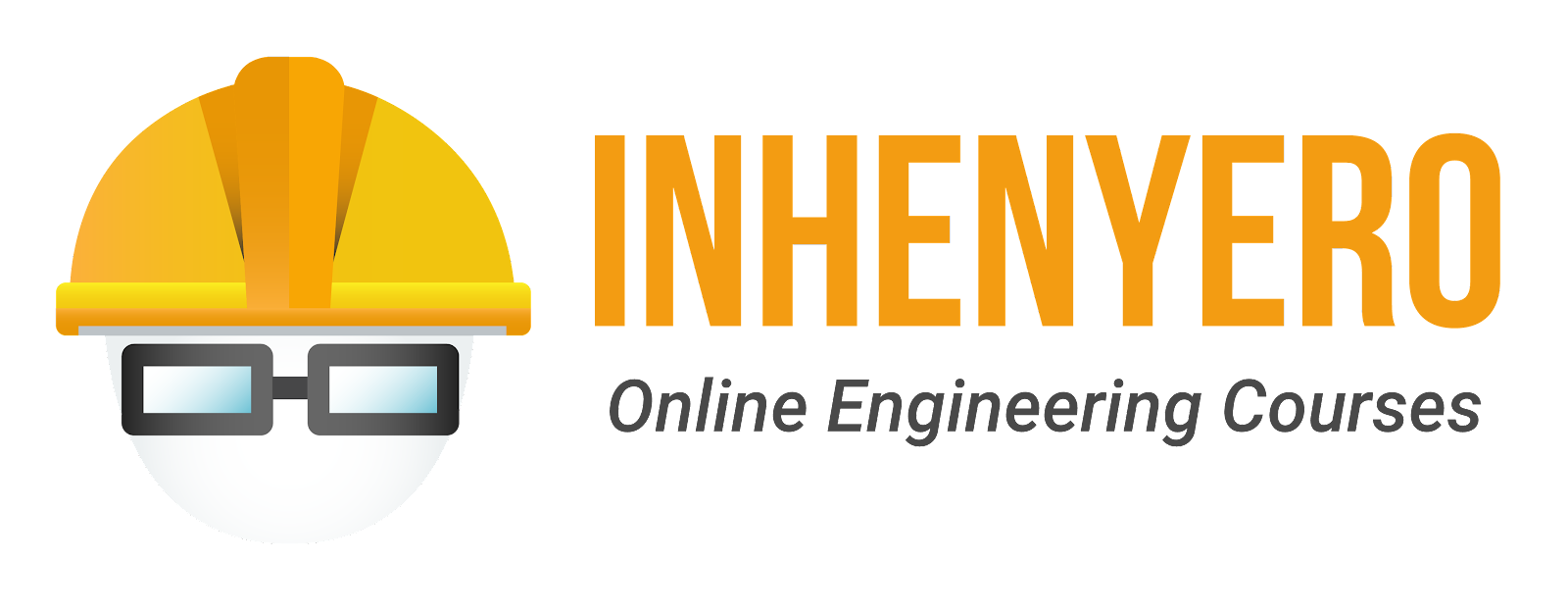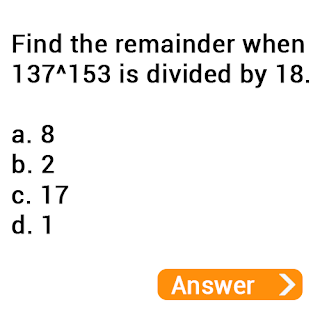
What is Mining Engineering in the Philippines?
The practice of Mining Engineering includes:
- Consultation, investigation, mining reports, valuation and ore reserve calculation
- Take charge of, direct, supervise underground and/or surface mining, open cuts, pits and/or quarries
- Shaft sinking, tunneling, stopping, dredging, hydraulicking and sluicing for minerals and/or mineral products
What is the Mining Engineers Licensure Exam?
Unless exempted, all applicants aspiring to practice Mining Engineering shall be required to undergo the written licensure examination for Mining Engineers. The examination is given once a year usually on the month of August. In order to be admitted to the Mining Engineering board exams, the applicant shall meet the minimum requirements:
- At least 21 years of age, however, applicants under 21 may be allowed to take the examinations but will not be given the certificate until he/she reaches 21 years old
- Be a citizen of the Philippines, and if a foreigner, his/her state country accords reciprocity with the Philippines
- Of good reputation and moral character
- Has graduated with at least a Bachelor of Science in Mining Engineering from a duly recognized school, college or university; or bachelor of science in any engineering course or in geology with at least five years of practical mining experience subject to evaluation by the Board, provided, that other engineering professions shall give this same privilege to graduates in mining engineering.
What is the scope of the Mining Engineering licensure exam?
The Mining Engineering board exam scope and coverage shall test the examinees' knowledge and understanding of the concepts, principles, terminology, and the application of such concepts and principles of Mining Engineering. It includes: mining engineering and economics, mining laws and ethics; metallurgy, ore dressing and assaying; geology and surveying; and finally, applied mathematics. The abovementioned subjects are separated in three-part exams:
Mining Engineering I - 35%
- Mineral Prospecting and Exploration
- Methods and Techniques
- Tools, Instruments and Equipment
- Mapping and Map Interpretation
- Diamond Drilling
- Drill Hole Data Management and Analysis
- Geophysical and Geochemical Analysis
- Sampling and Ore Reserve Estimation
- Other related topics
- Mining Methods
- Surface and Underground Mining Methods
- Quarrying
- Nonconventional Methods (e.g. in situ leaching and solution mining)
- Drilling and Blasting
- Small Scale Mining
- Other related topics
- Mine Planning, Design and Development
- Elements of Mining
- Mine Capacity Optimization
- Pit Optimization
- Underground and Surface Development
- Ore Haulage And Handling
- Mining Equipment Sizing and Selection
- Cost Estimations
- Mine Supports
- Mine Drainage
- Report Writing
- Other related topics
- Ventilation and Mine Safety
- Ventilation Methods
- Tools and Equipment and Safety
- Mine Hazards and Safety Practices
- Rules and Regulations
- Accident Prevention
- First Aid and Mine Rescue
- Safety Statistics
- Sanitation, Noise and Illumination
- Other related topics
- Rock Mechanics in Mining Engineering
- Slope Stability
- Slope Failure Analyses
- Core Analyses
- Rock Testing
- Foundation Analyses
- Slope Stabilization
- Structural Mapping
- Underground Rock Mechanics
- Other related topics
- Applied Mathematics in Mine Mathematics
Mining Engineering II - 35%
- Mineral Economics
- Mine Economics
- Mineral and Engineering Economics
- Basic Economic Principles
- Uses of Metals and Minerals
- World Markets
- Principles and Quantitative Analysis of Time Value of Money
- Basic Financial Statements
- Cost Parameters
- Investments Related Valuation Criteria and Principles
- Mine Capacity Optimization
- Other related topics
- Mine Evaluation and Feasibility Studies
- Sampling Principles, Techniques and Tools
- Ore Reserve Estimation Principles and Methods
- Conventional or Geostatistical Methods of Orebody Modeling and Ore Reserve Estimation
- Production Optimization
- Cost Estimates and Projections
- Metal Prices
- Cut-off Grades
- Other related topics
- Applied Mathematics in Mining Engineering
- Mine Management and Computer Applications
- Basic Electronic Data Processing
- Computerized Ore Reserve Estimation
- Mine Planning and Production Scheduling
- Other Computer Applications in mining
- Mine and Mineral Land Surveying
- Principles and Calculations in Geodetic and Mine Surveying
- Principles and Applications of Geographical Positioning Systems (GPS)
- Mining Law and Ethics
- The Mining Code
- Mining Engineering Law
- Mining Right Acquisitions
- MPSA
- Pertinent Laws in Mining and Mining Engineering
- Applicable PRC Laws, Rules and Regulations
- Professional Code of Ethics
Mine Engineering III - 30%
- General Geology
- Mineralogy and Petrology
- Economics Geology
- Structural Geology
- Principles of Metallurgy
- Mineral Processing
- Assaying
- Applied Mathematics in Geology and Mineral Engineering
- Ecology
- Environmental Concerns in Mining such as Environmental Plans
- EIA/EIS
- ECC
- Mine Waste and Tailings Management
- Environmental Laws, Rules and Regulations
- Other related topics
Do you have any questions about the Mining Engineering Board Exam? Comment it down below!



How can I avail a mining board exam reviewer?
ReplyDeletehow can i avail mining board exam reviewer?
ReplyDeletehow can i avail mining board exam reviewer?
ReplyDelete